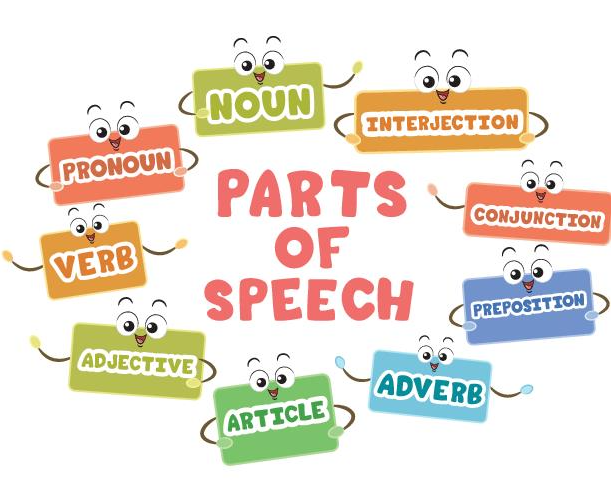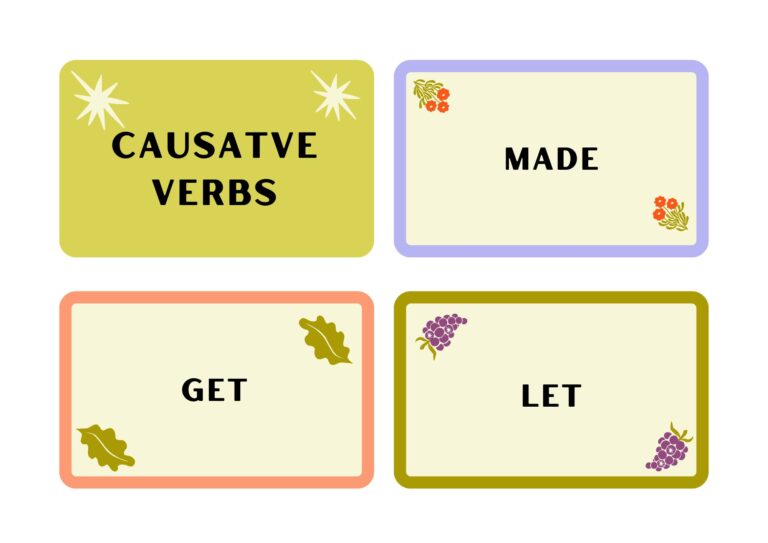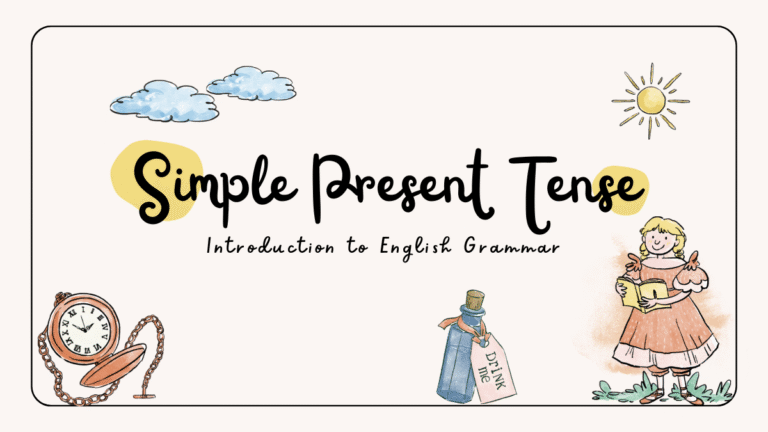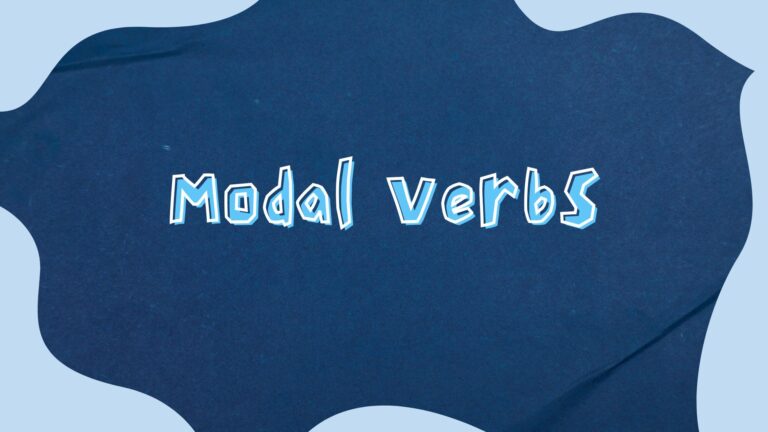Mastering in Parts of Speech: Beginners Guide
You often felt it difficult to convey your ideas. In order to cope with this difficulty you need to understand the parts of speech. This article will make your Expertise in Parts of Speech through these essential parts nouns, verbs, adjectives, and more, describing their significance in both casual conversations and professional communication.
Introduction to Parts of Speech
Parts of speech are the building blocks of language, serving as the framework that helps us construct meaningful sentences. Its each category plays a unique role in conveying ideas and emotions.
Detailed Explanation of Parts of Speech:
By understanding each component, we unlock the ability to express complex thoughts and create effective imagery.
Nouns:
Nouns represent people, places, things, and ideas, allowing us to convey our thoughts with clarity and precision. For example Ali, pet, book etc.
Types:
- Common nouns categorize general items like people, tree, floor.
- Proper nouns give identity and specificity to individual entities, such as “Paris” versus “city.”
- Collective nouns group individuals into a singular entity like “flock” for birds or “team” for players.
- Abstract nouns on the other hand, invite us to narrate emotions and concepts like love or freedom.
Verbs
It’s a word that expresses an action, occurrence, or state of being. By mastering the art of verb selection and deployment, writers can flourish language as a powerful tool.
Verb types
- Action verbs
- Linking verbs
- Auxiliary verbs
Adjectives
Adjectives modify nouns, adding layers of description that evoke imagery and emotion. Imagine a world without them: “The dog barked” is far less engaging than “The feisty, little dog barked.” The latter not only paints a clearer picture but also invites the reader to connect with the subject on a more personal level.
Adverbs
Adverbs enhance the meaning of verbs, adjectives, and even other adverbs. Adverbs modify actions or descriptors, providing clarity and depth that transform a simple statement into an effective image.
For instance, consider how the word “quickly” alters the pace of “She runs.” Suddenly, it’s not just about running; it’s about urgency. Moreover, adverbs can also reflect change in tone and mood. When we say, “He spoke softly,” the adverb “softly” conveys not just the manner of speaking but also the emotional touch.
Prepositions
Prepositions are connectors in sentences. They serve as the invisible threads weaving ideas together, offering clarity and depth to our communication. For example, the difference between “The cat is on the roof” and “The cat is under the roof” highlights how these small words define relationships and context.
Conjunctions
Conjunctions put together thoughts, ideas, and sentences into coherent narratives. They work as the connective tissue that binds words, phrases, and clauses. They not only link but also add importance to our statements, transforming simple lists into complex relationships; consider how “and” can imply unity while “but” introduces contrast.
Types of conjunctions
- Coordinating
- Subordinating
- Correlative
Interjections
Interjections are words that express strong feelings or sudden bursts of emotion. Interjections serve as a window into our immediate reactions to the world around us. Words like “wow!” or “ouch!” summarize moments that are often too complex for mere sentences.
Interjections can vary in intensity and context; a simple “hey!” can be playful among friends but might carry a more serious undertone when used to grab someone’s attention.
Understanding Language Through Parts of Speech
Understanding language through the parts of speech is fundamental to mastering communication. Each category plays a crucial role in constructing meaning and conveying ideas effectively.
By recognizing how these elements interact, we can enhance our writing and speaking skills significantly. This knowledge allows us to appreciate the variation of language, making us more effective communicators.
Stay connected with efficientenglishscholar for further details about English grammar.





